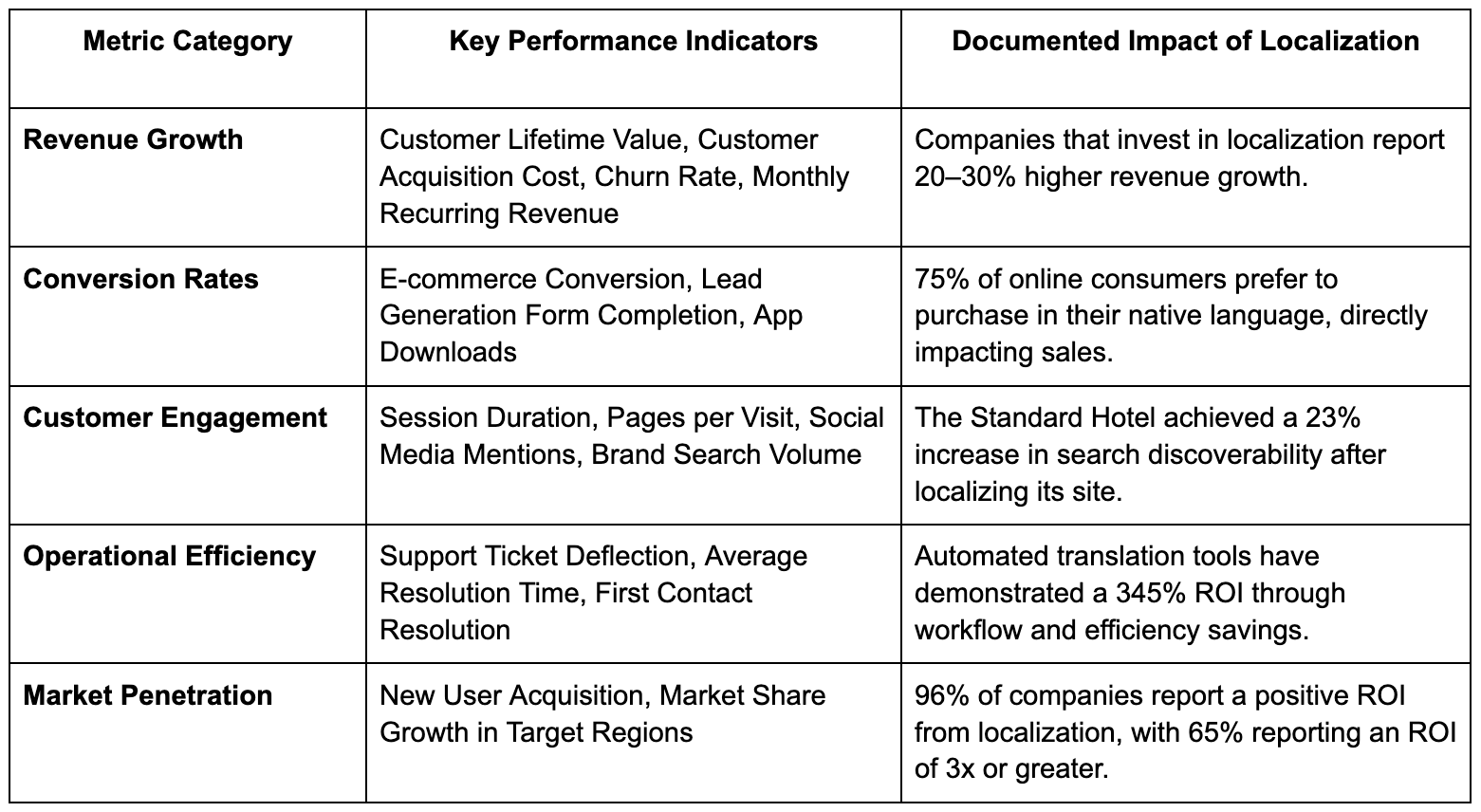Enterprises are deploying AI systems at a global scale seeking to personalize customer experiences, automate services, and enter new markets. The prevailing assumption is that a well-trained model can be universally applied. Yet, as companies expand into regions with deep cultural and linguistic diversity, such as the Middle East and North Africa, they encounter a significant barrier: their AI systems do not understand the local context. Generic models, trained predominantly on English-language data, fail to capture the nuance, dialect, and social etiquette of these markets which leads to poor performance and missed opportunities.
The solution lies in a disciplined approach to data preparation, one that prioritizes cultural precision.
Investing in localized AI data help organizations to move beyond simple translation and create systems that are truly conversant with local markets. This is a strategic imperative that directly impacts customer engagement, conversion rates, and ultimately, revenue.
The return on investment from cultural precision is quantifiable, substantial, and for many global enterprises, it represents the difference between success and failure in emerging markets.
The Cultural Blind Spot of Modern AI
The challenge of building culturally aware AI is exemplified by the Arabic language.
Spoken by over 422 million people across 22 countries, Arabic is the fifth most spoken language in the world. Still, it accounts for less than one percent of the data used in natural language processing research.
This “Arabic Gap” is not just about the volume of data, but its quality and representativeness. Much of the available Arabic data is translated from English, stripping it of authentic cultural context. Furthermore, most AI models are trained on Modern Standard Arabic, the formal language of news and official documents. In practice, daily life and commerce are conducted in over 30 distinct dialects, many of which are not mutually intelligible.
Consider the word for “now.” In Egyptian Arabic, it is “delwa'ti,” in Gulf Arabic it is “al-ḥīn,” and in Iraqi Arabic, it is “hassa.”
A chatbot trained only on Modern Standard Arabic would fail to understand this basic temporal reference in a customer service conversation. The complexity extends beyond vocabulary.
Arabic is a root-based language where a single word can contain a verb, subject, and object. Written Arabic often omits short vowels, creating ambiguity that only context can resolve. For instance, the same three-letter sequence (ك ت ب) can mean “he wrote” or “books.”
AI models that are not trained on this complexity will consistently misinterpret user intent.
A 2025 benchmark study found that leading AI tools often added emotional nuances* that was not present in the original Arabic, fundamentally changing the tone and meaning of the communication. In a business context, such errors can be costly. A customer expressing a complaint might be misinterpreted as making a simple inquiry, leading to frustration and churn. A marketing message might use language that is too formal or, worse, culturally inappropriate, damaging brand perception.
* hallucinations and interpretive wording appearing in Arabic model outputs that deviate from the original text, implying an unintended addition of emotional or tonal content.
The Cost of Imprecision
Deploying a culturally unaware AI system in a new market is not a neutral act. It actively alienates the very customers the business seeks to attract. When 75% of online consumers prefer to make purchases in their native language, a failure to communicate effectively is a direct barrier to revenue. The cost of imprecision manifests in several ways:
- Poor Customer Experience: When chatbots misunderstand dialects, voice assistants fail to recognize commands, and product recommendations misread cultural preferences, customers become frustrated. This leads to higher rates of cart abandonment, lower engagement, and a negative perception of the brand.
- Ineffective Marketing and Sales: Marketing campaigns that rely on literal translations of English-language copy will fail to resonate. Idiomatic expressions, cultural references, and appropriate levels of formality are essential for building trust. A generic AI model cannot produce this type of nuanced content, resulting in wasted marketing spend and low conversion rates.
- Brand Damage: In many cultures, particularly in the Middle East, social customs, religious expressions, and a clear distinction between formal and informal communication are critical. An AI system that violates these norms can cause significant brand damage, creating an impression of disrespect or incompetence. Rebuilding trust after such a misstep is a long and expensive process.
- Failed Market Entry: Ultimately, the cumulative effect of these failures can lead to a failed market entry. The investment in sales, marketing, and operations is wasted if the fundamental inability to communicate with the target market is not addressed.
The Mechanism of Cultural Precision
Closing the cultural gap in AI requires a deliberate approach to data preparation. It is not enough to simply acquire more data; the data must be of high quality, culturally relevant, and representative of the specific dialects and contexts of the target market. This process involves several key components:
- Expert Human Evaluation: The foundation of cultural precision is human expertise. Native speakers with deep domain knowledge in fields such as finance, healthcare, or e-commerce are essential for evaluating AI model outputs. These experts assess the linguistic accuracy AND cultural appropriateness, tone, and contextual relevance. They can identify subtle errors that automated systems would miss, such as a response that is grammatically correct but socially awkward.
- Dialect-Specific Data Generation: Where high-quality data does not exist, it must be created. This involves generating new datasets that capture the vocabulary, grammar, and syntax of specific dialects. For example, to build an effective customer service chatbot for the Egyptian market, one would need to create a dataset of real-world customer inquiries in Egyptian Arabic, not just Modern Standard Arabic.
- Culturally Relevant Benchmarks: Standard industry benchmarks for AI performance are often insufficient for evaluating cultural competence. New benchmarks must be developed that test for culturally specific reasoning, understanding of social norms, and appropriate use of language. This allows for a more accurate assessment of a model’s readiness for a particular market.
- Continuous Quality Monitoring: Cultural precision is not a one-time fix. Language and culture evolve, and AI models must be continuously monitored and updated to remain relevant. This involves an ongoing process of human-led evaluation and data generation to address performance gaps as they emerge.
Quantifying the Return on Investment
The investment in culturally precise AI data yields a clear and measurable return. Enabling AI systems to communicate effectively in local contexts can help organizations to unlock new revenue streams and achieve significant cost savings. The following table outlines the key financial and engagement metrics associated with localization.

Table: The measurable impact of localization on key business metrics, based on industry reports from DeepL, Forrester Insights, and others.
These metrics demonstrate a direct link between cultural precision and financial performance. When a bank in Saudi Arabia deploys a voicebot that understands Gulf Arabic, it reduces call center volume and improves customer satisfaction. When an e-commerce platform in Egypt uses a chatbot trained on the local dialect, it sees a measurable increase in conversion rates. A PwC analysis found that industries that adopt culturally aware AI strategies show three times higher revenue per employee growth.
A Framework for Responsible Expansion
For enterprises looking to expand into new markets, the path to success is not through the deployment of generic, one-size-fits-all AI. It is through a patient, respectful, and disciplined investment in cultural understanding. This requires a shift in mindset, from viewing localization as a final-step translation task to seeing it as a core component of the data preparation and model development process.
A responsible approach to global expansion involves several key principles:
•Prioritize Trust and Transparency: Be clear about the capabilities and limitations of your AI systems. In many markets, particularly those with a strong emphasis on relationships, building trust is more important than a rapid rollout.
•Partner with Local Experts: Engage with local partners who understand the cultural and linguistic landscape. Their insights are invaluable for grounding AI systems in regional realities.
•Respect Data Privacy and Sovereignty: Many users and governments prefer that data remain within national or regional borders. Adhere to local data governance policies and be transparent about how data is used.
Ultimately, the ROI of cultural precision extends beyond the immediate financial gains. It is about building sustainable, long-term relationships with customers in new markets. It is about demonstrating a genuine commitment to understanding and serving their needs. In a global economy, the ability to communicate with cultural intelligence is not a soft skill—it is a fundamental driver of business value. The measure of success for a global AI strategy is not how many languages a model can process, but how well it can speak the language of the customer.


